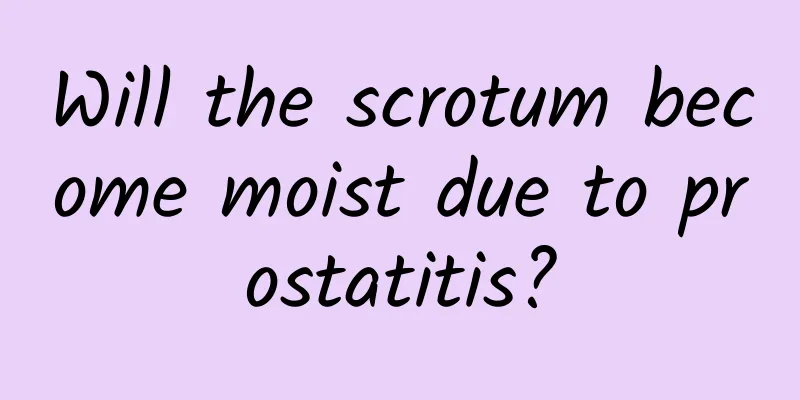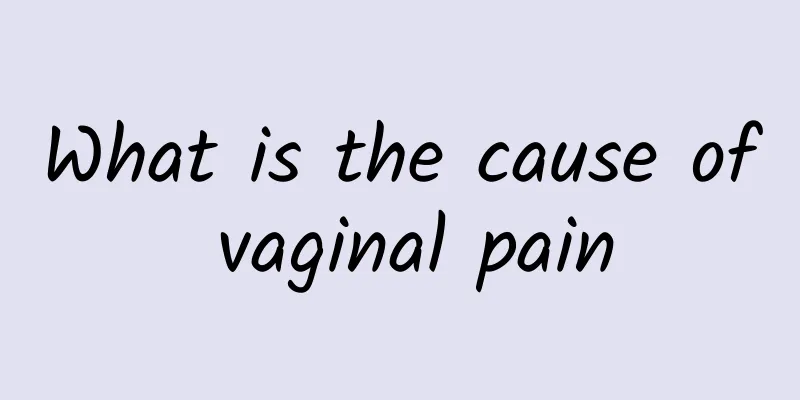Treatment of ganglion cyst

|
There are many types of diseases and many methods to treat them. Before treating a disease, you must understand your own disease so that you can know what method to choose during treatment. So what are the treatments for ganglion cysts? The treatments for this type of disease are also relatively special, and after the occurrence of this type of disease, you must actively cooperate with the treatment to improve your own disease. So what is the specific treatment method for tendon ganglion cyst? Its treatment method is mainly based on tapping, which is very helpful in alleviating the patient's condition, and this treatment method does not cause any harm to the patient's health. Treatment of ganglion cysts: The treatment of ganglion cyst is to squeeze or hammer it to rupture the ganglion cyst and gradually absorb it on its own, but it may recur after treatment. Those that are connected to the joint cavity are not easy to rupture. Alternatively, puncture can be used to extract the cyst fluid and inject adrenal cortical hormone or hyaluronidase, which has a certain therapeutic effect. When other treatment methods are ineffective, ganglion cysts can be surgically removed. After surgery, avoid strenuous activities of the affected joint. Clinical manifestations 1. General symptoms Ganglion cysts can occur at any age, but are more common in young and middle-aged people, and more common in women than in men. The cysts are slow growing, round, and usually no larger than 2 cm in diameter. There are also sudden discoverers. A few may disappear on their own or grow again. In some cases, apart from local swelling, there is no conscious discomfort and sometimes mild tenderness. In most cases, there is local soreness or discomfort, which affects activities. 2. Local symptoms During the examination, a round mass with a smooth appearance and clear boundaries can be felt. The surface skin can be pushed and there is no adhesion. Most cysts have high tension and are firm lumps, while a few are soft but all have a cystic feeling. The cyst has a fixed base and little movement. Ultrasound examination can help determine the nature of the mass. (1) Ganglion cysts of the wrist mostly occur on the dorsal side of the wrist, with a few occurring on the palm side. The most common site is the dorsal joint capsule of the wrist joint on the radial side of the common extensor tendon, followed by the radial flexor carpi tendon and the abductor pollicis longus tendon. Ganglion cysts on the palm side of the wrist sometimes need to be differentiated from radial artery aneurysms. When removing the cyst, the radial artery, cephalic vein, and superficial branch of the radial nerve must be protected. Cysts may also develop in the flexor tendon sheath within the carpal tunnel, compressing the median nerve and inducing carpal tunnel syndrome. A few ganglion cysts may occur on the flexor tendon sheath of the fingers beyond the metacarpophalangeal joint. They are the size of a grain of rice and as hard as cartilage. (2) Ganglion cysts of the foot and ankle There are a total of 8 tendon sheaths in the foot and ankle: 3 in the front (tibialis anterior tendon, extensor hallucis longus tendon and extensor digitorum longus tendon), 3 in the medial (tibialis posterior tendon, flexor hallucis longus tendon and flexor digitorum longus tendon), 1 in the lateral (peroneus longus and brevis tendons), and 1 in the posterior (Achilles tendon). Dorsal pedis ganglion cysts are more common and usually originate from the tendon sheath of the extensor digitorum longus tendon on the lateral side of the dorsalis pedis artery. Ganglion cysts in the tarsal tunnel can compress the tibial nerve and are one of the causes of tarsal tunnel syndrome. The diagnosis can usually be established based on the medical history, general and local symptoms of clinical manifestations, and B-ultrasound examination. The above is a detailed explanation of the treatment methods and symptoms of ganglion cysts. When treating this type of disease, it is based on the above situation. The patient's disease symptoms are different, and the treatment methods are also greatly changed. Therefore, when treating, you must pay attention to such problems so that your own disease can be treated in time. |
<<: Can Hazel Mushrooms Lower Blood Pressure?
>>: Chinese medicine for lowering blood sugar
Recommend
How to unclog blocked hair follicles
When hair pores are clogged, they should be unblo...
What are the symptoms of pharyngitis and tonsillitis? How to distinguish?
Tonsillitis and pharyngitis are both very common ...
Characteristics of colitis Pay attention to the 5 major symptoms
Colitis is caused by many reasons. There are vari...
What is the reason for babies to have a lot of nasal mucus?
It is a normal physiological phenomenon for babie...
Chronic superficial gastritis
Chronic superficial gastritis is also known as ch...
The efficacy and contraindications of milk root
Milk root is a health food with very high nutriti...
The most effective Chinese herbal medicine for itching
Skin itching is quite common in our daily life. I...
The harm of frequent use of water floss
Bad hygiene habits can easily lead to various ora...
Treatment of syringomyelia
Most of us are not aware of syringomyelia, but it...
What is the relationship between inflammatory response and left ventricular systolic dysfunction?
Disease has always been an important threat to pe...
Congenital pulmonary dysplasia
The lungs are very important respiratory organs i...
Can I drink mung bean soup during menstruation?
Many female friends need to pay attention to many ...
Is it true that kudzu root powder can enlarge breasts? How long does it take for kudzu root powder to take effect?
Pueraria powder is a common food in daily life. E...
Balanitis taking levofloxacin tablets
There are many causes of balanitis, the most comm...
What causes plantar warts?
Plantar warts are an infectious disease, usually ...









